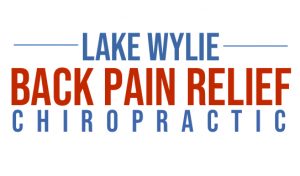Whiplash commonly occurs as a result of a motor vehicle collision when (typically) there is a sudden stop or deceleration that occurs so fast a person cannot adequately brace himself or herself, even when aware of an impending collision. This is because the “whiplash” effect is over in about 500 msec and we cannot voluntarily contract a muscle quicker than about 800 msec. The injury effect is worsened by several other factors including: 1. Small target / large “bullet” vehicle; 2. Too much seat inclination; 3. Improper headrest position; 4. A “springy” seat back; 5. A tall slender neck (females > males); and 6. Head rotation at the time of impact. Suffice it to say, in many cases, there is little one can do to avoid injury. So, how do x-rays help?
Let’s use a classic “rear-end collision” as our example. The driver (female) is seat-belted, in a small compact car, and her car is stopped in traffic. All of a sudden, the car is struck from behind by a ¾ ton pickup truck (“bullet vehicle”). Just before impact, the driver, startled by the squeal of the tires breaking suddenly, turns her head to look behind the car via the rear view mirror. Upon impact, the car is propelled forward and she feels her head accelerate back initially (50-150msec), ride over the headrest (because it was set too low) and then accelerate forwards (150-300msec), without striking the steering wheel (the air bag does not deploy). Her head returns back to an upright position (~500msec) and the she reports being “shaken up.” She visits her chiropractor and an examination reveals neck pain at the endpoints of forward and backward bending, headaches, numbness into the left arm to the thumb side of the hand and weakness in certain arm and wrist muscles. The chiropractor orders a flexion-extension cervical spine X-ray as shown below:

The X-rays are explained to the patient as follows: “…The middle image shows a reversed cervical curve when bending forwards but notice how little the spine and head have moved forwards? It hurts because the ligaments that hold the bones together have either over-stretched or torn, which is called a “sprain.” If the head and neck are forced far enough forwards, then something has got to give. Either bones will fracture or ligaments will tear, or both. When ligaments tear, the bones separate or open up greater than the levels above and below (see the two arrows). This creates a rather acute angle, like someone broke a stick. Looking closely on the X-ray, the vertebra above appears to be sliding forwards (C4 over 5), which again supports torn ligaments and loss of stability.”

